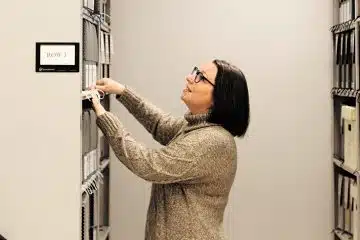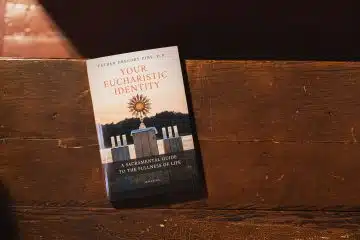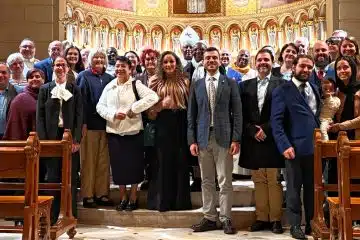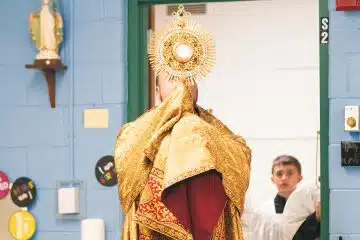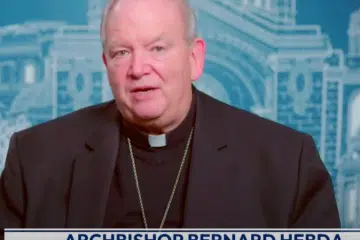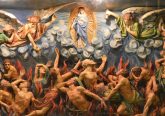Eucharistic Miracles
What are Eucharistic miracles? Do they still occur?
Eucharistic miracles are extraordinary events that confirm the Real Presence of Christ in the Eucharist. Though rare, they have occurred in various places and times in history. The Church, through the local bishop, may investigate and ultimately approve them, but there is no obligation to render a judgment. Eucharistic miracles are not considered part of public revelation, and therefore, Catholics are not obligated to believe in them; however, they may help people live out their faith more fully.
FROM DOUBT TO BELIEF
These miracles are supernatural occurrences related to the consecrated bread or wine—usually the transformation of a host into flesh or the emission of droplets of blood.
One of the oldest and best-known Eucharistic miracles occurred in Lanciano, Italy, in the eighth century, when a host was transformed into human flesh and blood. Remnants of the host were preserved, and scientists tested them in the 1970s (and again 10 years later). The researchers determined that the relics of Lanciano were consistent with cardiac tissue. The blood, too, was tested and confirmed as human blood (type AB).
In some reported miracles, such as the priest who witnessed the miracle in Lanciano, the phenomena occurred in response to his doubting the Real Presence of Christ in the Eucharist. The miracle became a means to fortify the priest’s faith and the faith of many others—as it has for centuries.
THE ROLE OF SCIENCE
Alleged miracles are not presumed to be authentic. The bishop of the place where the miracle may have occurred can choose to convene a group of experts to review the case. The panel looks for evidence of extraordinary phenomena and determines if there are natural explanations. Depending on the nature of the potential miracle, researchers look for evidence of tampering or artificial preservation. Scientific testing seems to have confirmed some miracles. In other cases, what appeared to be blood was a natural occurrence, such as the growth of a red- colored fungus.
RECENT MIRACLES?
Eucharistic miracles still occur. During 2013, in Legnica, Poland, a consecrated host was accidentally dropped on the ground. Efforts to dissolve the host in water were unsuccessful, and a portion of the host became red-colored. Testing determined the presence of human tissue. The local bishop recognized the miracle as a supernatural occurrence.
At a Liturgy of the Word and Communion Service during 2022 in Honduras, a lay minister discovered a blood-stained linen in the tabernacle. The bishop asked that scientific tests be completed, which determined the stain was produced by human blood of AB type—the same as was detected in the Lanciano miracle. The bishop recently recognized the new Eucharistic miracle as authentic.
PRIVATE REVELATION
While Eucharistic miracles can reaffirm belief in the true presence of Christ in the Eucharist, they are not considered part of the deposit of faith. They are among those things revealed in a particular time and place, but belief in them is not necessary for salvation.
As the Catechism of the Catholic Church says of all forms of private revelation: “It is not their role to improve or complete Christ’s definitive Revelation, but to help live more fully by it in a certain period of history” (67). They may strengthen faith, especially in a time of doubt.
Eucharistic miracles remind us that God continues to make Himself known through the extraordinary, but even in the absence of these rare events, we are reminded of the hidden miracle that occurs at each Mass: the Body of Christ truly present under the appearance of bread and wine.
 Father David Endres is professor of Church history and historical theology at Mount St. Mary’s Seminary & School of Theology.
Father David Endres is professor of Church history and historical theology at Mount St. Mary’s Seminary & School of Theology.
This article appeared in the September 2023 edition of The Catholic Telegraph Magazine. For your complimentary subscription, click here.



